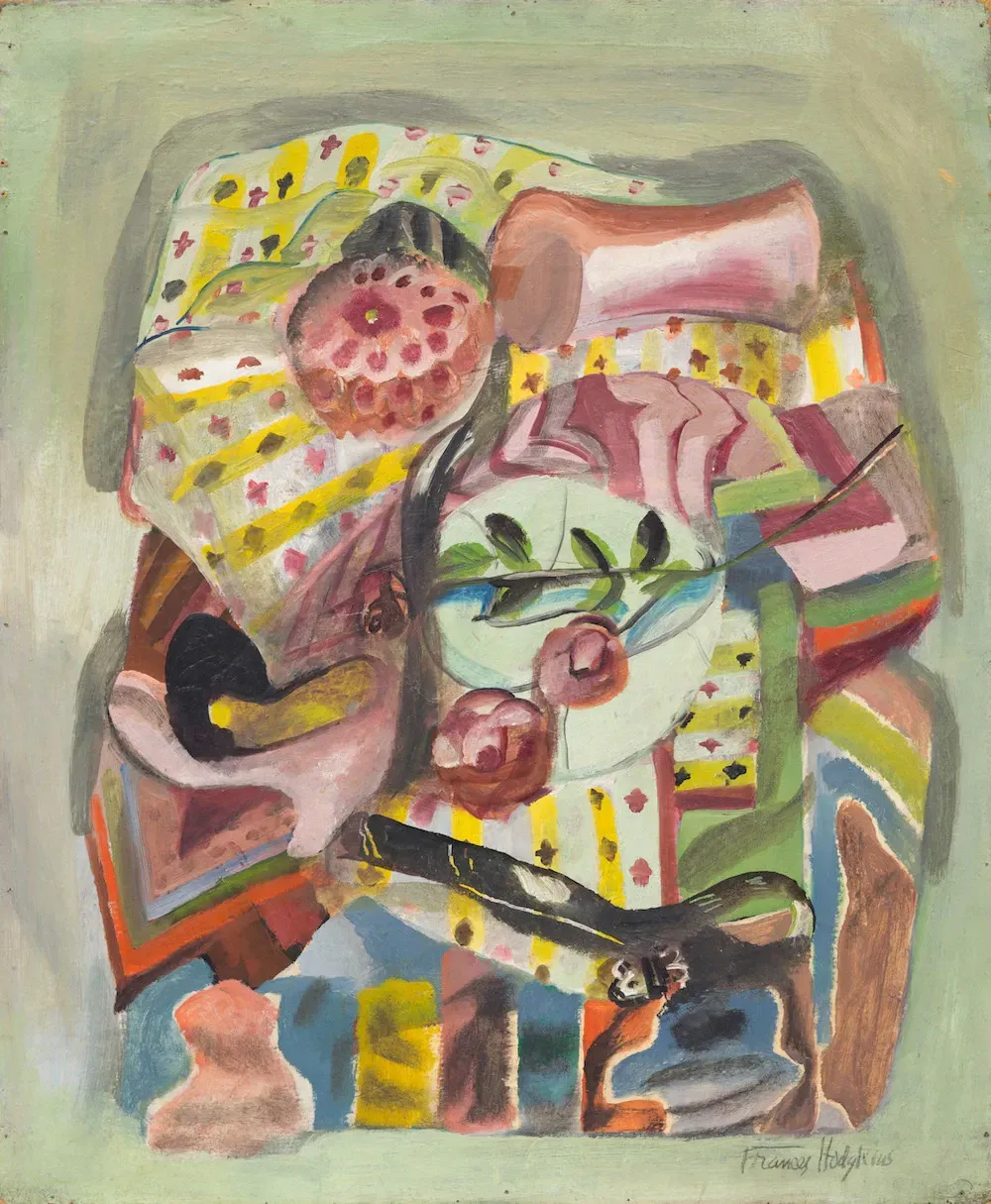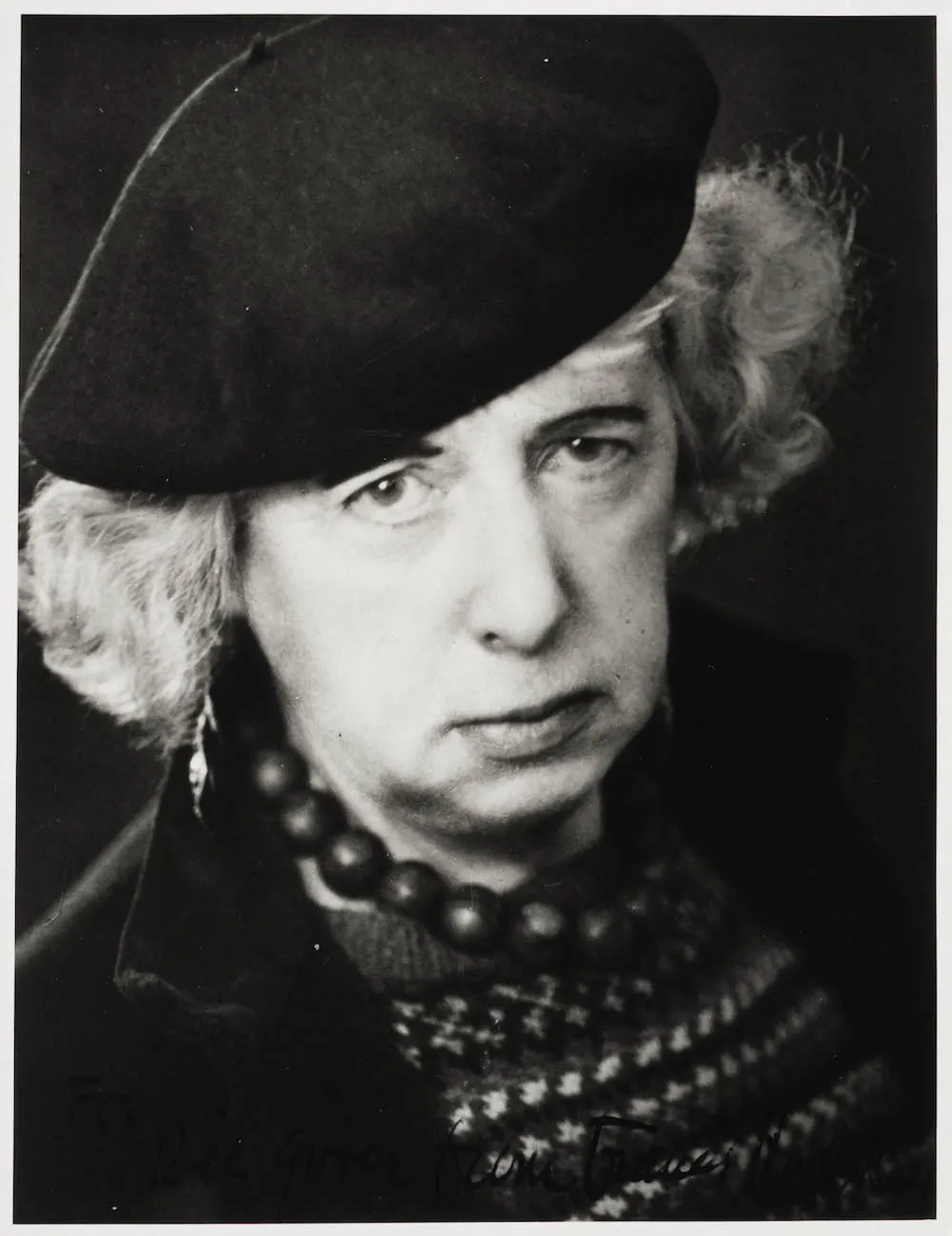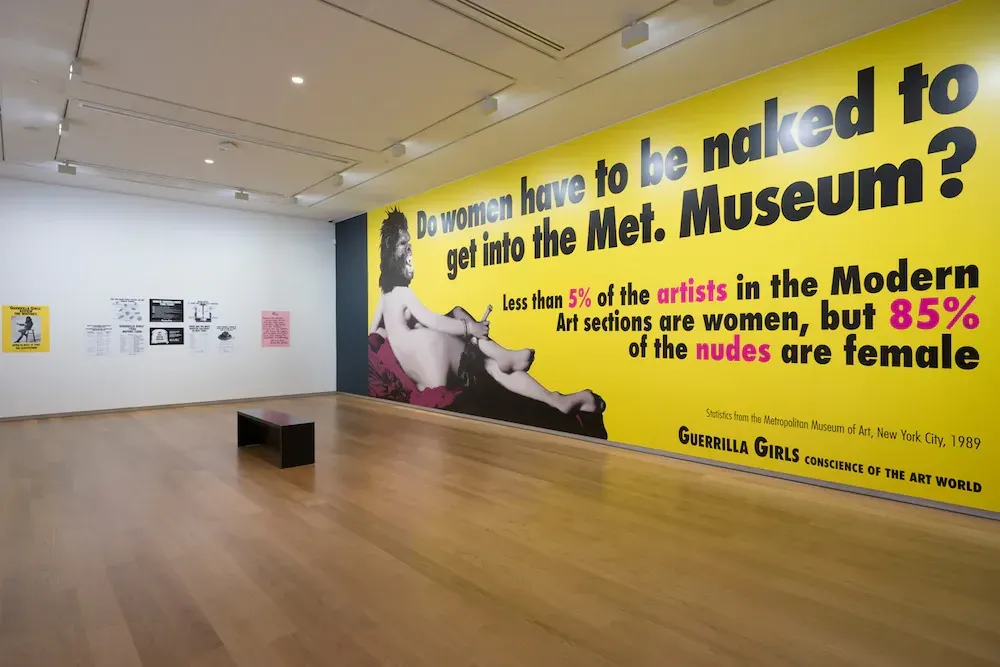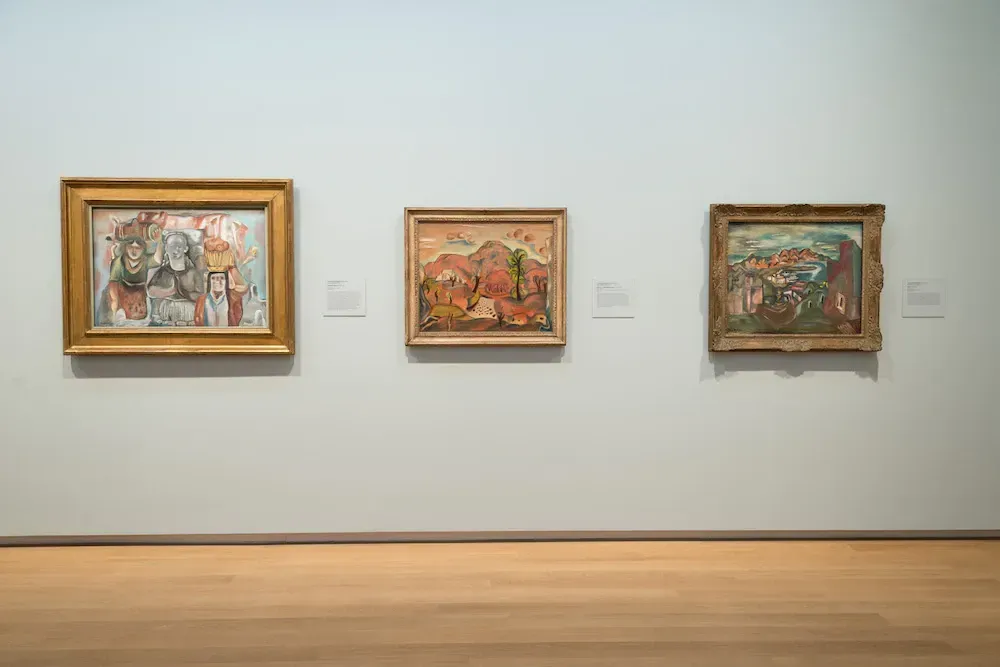An Art Renegade
Written by

In the Winter 1980 edition of Art New Zealand, Gordon H Brown wrote of Frances Hodgkins: Although [she] will always retain a special significance for New Zealanders, it will be one in which we will have to show discretion when claiming for her importance as a modern artist.
If you still agree with this line of thought some forty years later, then you will find her major retrospective by Auckland Art Gallery entitled Frances Hodgkins: European Journeys to be anything but discrete. Much like the artist herself, Frances Hodgkins: European Journeys is an exhibition that is bold in its intent and execution, unabashedly declaring Hodgkins' importance within 20th-century European art. 150 artworks from all corners of the globe sprawl across 12 rooms, tracking her evolution from Victorian Watercolourist to British Modernist.
The exhibition has been ten years in the making, with exhibition curator Mary Kisler (Senior Curator, International Art, Auckland Art Gallery) literally following Hodgkins' footsteps across Europe over three extensive trips to produce a truly special offering.


Born in Dunedin, Frances Hodgkins (1869-1947) left for Europe in 1901. Within two decades, she had become a major figure within British Modernism, exhibiting with some of the avant-garde greats such as Barbara Hepworth and Henry Moore. This is the first major retrospective of Frances Hodgkins in New Zealand. But its strong, original thematic undercurrent means European Journeys avoids the retrospective trap institutions risk falling into when curating major exhibitions. This is more than a blockbuster Greatest Hits where art enthusiasts come to marvel at major works. By focussing on the artwork Hodgkins created between 1901 and 1946, Kisler hones in on the impact of place and travel on Hodgkins art.
Kilsner portrays Hodgkins as a renegade who not only belongs in the 20th century Modernist cannon but carved out a unique place for herself within it.
This clever move establishes a robust argument for Hodgkins’s place within International art. By including the likes of Monet, Mattise and Picasso within the exhibition as the context for Hodgkins’ work, it completely undercuts naysayers who decry New Zealand art as not being on par with the international scene. Instead, Kisler portrays Hodgkins as a renegade who not only belongs in the 20th century Modernist cannon but carved out a unique place for herself within it.


Hodgkins had an unwavering artistic and creative vision that flew in the face of then-convention. Rather than concern herself with the eternal Modernist question “how do I portray style differently?” Hodgkins instead looked to her every day for her subjects. She experimented with style - in fact, a repeated motif of the exhibition was the incorporation of the local and contemporary influences visible in her work. But style for Hodgkins was always a means to portray her subjects - landscapes, objects and people from her life - rather than a subject in itself. Kilsner peppers the exhibition’s wall text with quotes from Hodgkins’ contemporaries on the impact this combination of intimacy and aesthetic had.
Hodgkins had an unwavering artistic and creative vision that flew in the face of then-convention.
Expectations around womanhood cast a spectre over this exhibition. Hodgkins’ never-ending quest that saw her up sticks up to six times in a year and eschew the traditional trappings of respectability (i.e. marriage and children). While her bold spirit and unrepentant commitment to her work are celebrated, Kisler has not been afraid to explore the more existential aspects of Hodgkins' womanhood. In a poignant quote as visitors leave the exhibition, Hodgkins’s wistful wish for children and a husband is spoken in the same breath as her desire to be recognised as a serious artist in New Zealand. While the inclusion of self-portraits comprising of favourite things rather than faces is presciently post-modern, yet hints at an ageing woman’s insecurity in her own attractiveness.
It is even more interesting to consider Frances Hodgkins: European Journeys in relation to the other exhibitions currently on display at Auckland Art Gallery Toi Tamaki. Guerrilla Girls: Reinventing the F’ Word calls out the patriarchal power structures that remain inherent in gallery institutions all over the world, including the Auckland Art Gallery.


Feminism wasn’t something that Hodgkins ever directly engaged in with her art, but gender constructions permeated her personal life as much as any 20th-century woman, from her socially mandated escort of female companions around Europe, to the pressure to fulfil her duty as the unmarried child and take care of her ailing mother. And the same structural imbalances the Guerrilla Girls attack frame Hodgkins’ legacy within New Zealand.
It's a conscious choice that this review begins with the dismissive opinion of an influential man. We have another influential man, Eric H McCormick, to thank for establishing and preserving her place in the serious New Zealand art canon after her death. This isn’t to victimise Hodgkins, or to rob her of agency. It’s to take as something worth cheering for that, in a world and career bookended by the power and opinions of men, her impact and legacy lie in her work and life being so stubbornly her own.


Image credits from the top, all images kindly supplied by Auckland Art Gallery Toi o Tāmaki:
Frances Hodgkins, 1920, E H McCormick Papers, E H McCormick Research Library, Auckland Art Gallery Toi o Tāmaki, gift of Linda Gill, 2015. Photo: Langfier Ltd, London.
Frances Hodgkins, European Journeys. Installation view, courtesy of Auckland Art Gallery Toi o Tāmaki.
Frances Hodgkins, Self Portrait: Still Life, circa 1935, Auckland Art Gallery Toi o Tāmaki, purchased 1963
Guerrilla Girls: Reinventing the ‘F’ Word - Feminism!, (installation view), Auckland Art Gallery Toi o Tāmaki, 2019
Frances Hodgkins, mid-1930s, E H McCormick Papers, E H McCormick Research Library, Auckland Art Gallery Toi o Tāmaki, gift of Linda Gill, 2015.




